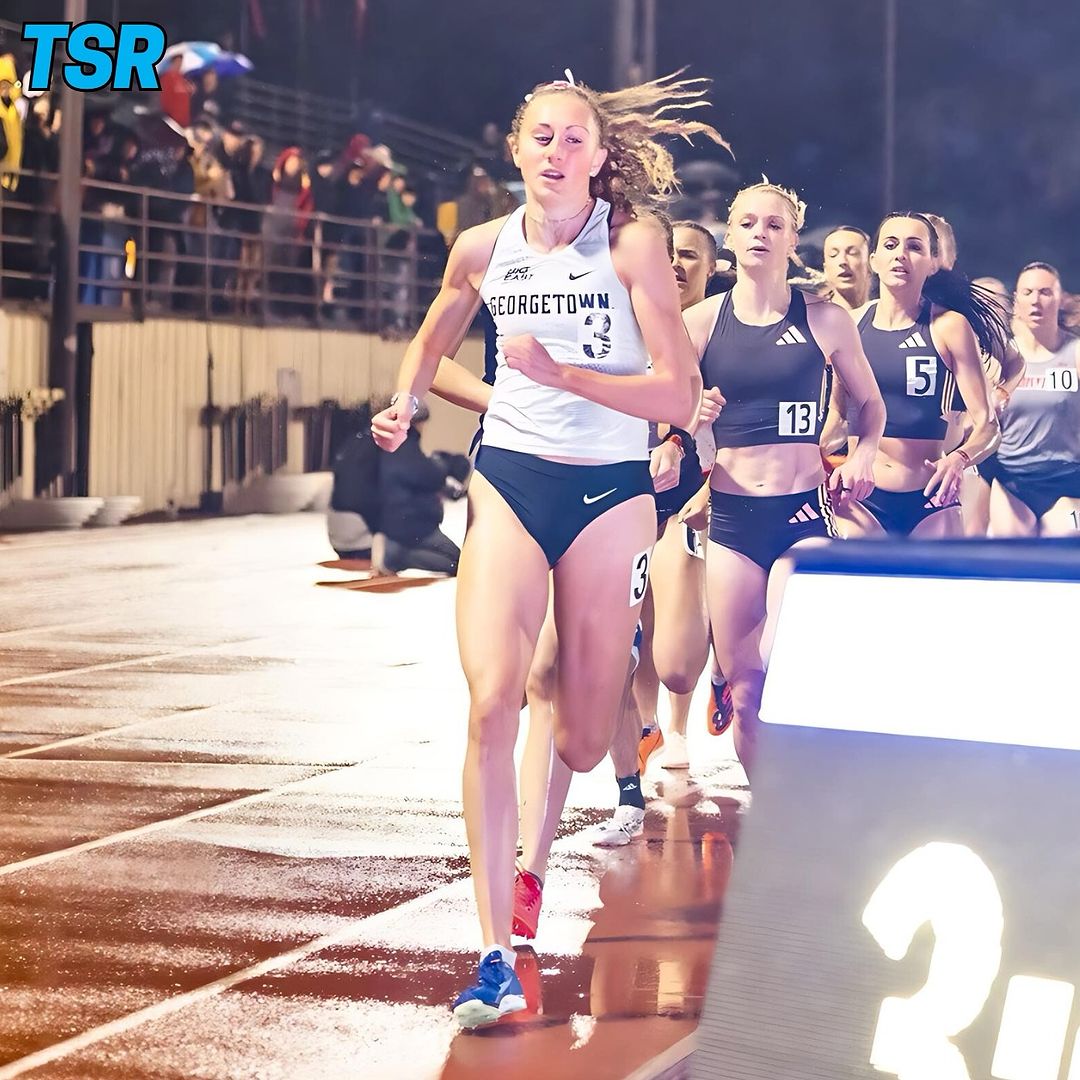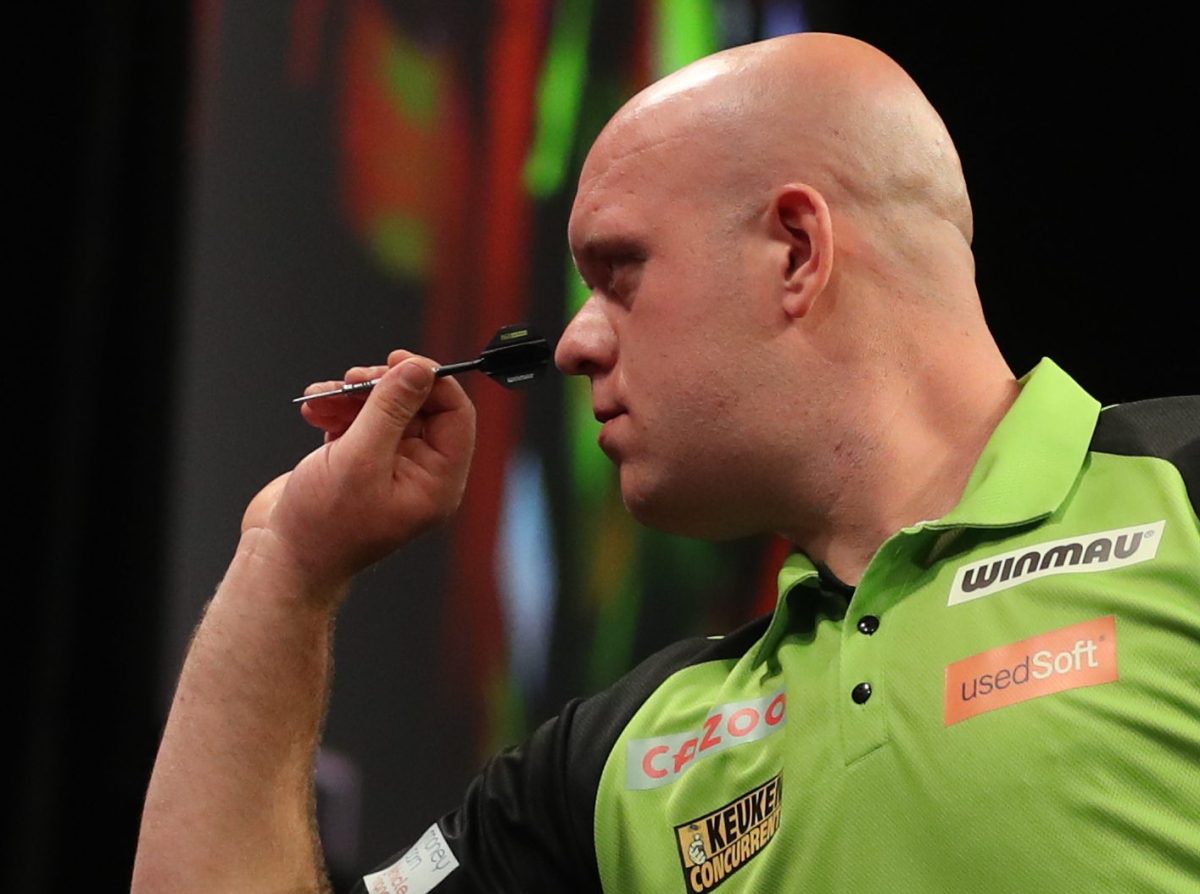In 2009, analyst Brian Burke, with a simple hypothetical scenario, began to change the game of football.
Imagine that punting does not exist. The only decision to make on fourth down is whether to run or pass. Now, imagine that somebody came up and proposed kicking the ball to the other team — giving up possession and a quarter of your opportunities to get a first down — for the sake of 30 yards each possession.
There’s no way any coach would go for that, and rightfully so.
Seven years before Burke made his post on The New York Times’ NFL blog, Oakland Athletics General Manager Billy Beane, whose exploits were chronicled on the silver screen in “Moneyball,” changed baseball forever by turning many of the sport’s historical truisms — that singles were better than walks, that sacrificing helped to score runs and that defense was as important as offense — on their heads.
Beane won 103 games with a team that had lost its three biggest stars the offseason before, and, largely because of him, advanced statistics are now used throughout baseball.
Now, similar revolutions appear to be coming to fruition around the sporting world.
In hockey, it’s been keyed by the realization — thanks in part to the Detroit Red Wings’ dynasty — that there is a direct correlation between which team has the most meaningful possession and which team wins.
As such, the “Corsi” metric, which calculates shot differentials, including missed and blocked shots, for both players and teams, is seen as the most basic in a wave of more effective measures to predict the outcomes of hockey games.
On the gridiron, Burke isn’t in position to change football as Beane did with baseball. Without a team, he doesn’t have the influence to change football on his own. But his ideas might have the same impact as Bill James’ did.
James, a security guard at a pork and beans cannery, was the creator of sabermetrics, and it was his “Baseball Abstracts” that inspired Beane and his assistant, Paul DePodesta, to build the A’s the way they did.
If Beane was the early adopter of James’ idea, Kevin Kelley seems to be first through the wall with Burke’s principles. But Kelley, the head football coach of Pulaski Academy in Little Rock, Ark., is a world away from the bright lights of the big leagues.
That would probably explain why his style of game management hasn’t gotten the kind of coverage it deserves. Kelley, however, has become a poster boy for the type of statistical analysis that Burke pioneers, and he has been featured in Sports Illustrated. So what, exactly, is so special about this man?
To begin, Kelley doesn’t believe in punting. His teams go for it on every fourth down. The Sports Illustrated feature spells out why: “When a team punts from near its end zone, the opponent will take possession inside the 40-yard line and will then score a touchdown 77 percent of the time. If it recovers on downs inside the 10, it will score a touchdown 93 percent of the time.”
Logically, giving up another chance to extend your drive is not worth that 15 percent, so punts are counterproductive.
Maybe even more revolutionary is the fact that Kelley almost always attempts onside kicks, with more than 12 varieties in his playbook, according to SI. In a game last season, thanks to three onside kick recoveries in a row, Kelley’s team spotted itself a 29-0 lead before the opposing team had a single snap on offense.
His playbook is lined with trickery and deception as well, including a play that stacks all 11 defensive players in the box, forcing the quarterback into a rushed throw that typically fails to reach any of his wide-open targets.
How come nobody in the NFL, then, has embraced these tactical notions? According to Burke, it comes down to a combination of factors, the predominant one being what economists call “prospect theory.”
“Almost all people tend to fear losses far more than they value equivalent gains,” Burke wrote in The Times. “In this perspective, a punt is considered the ‘break-even’ decision. A failed conversion attempt is seen as a loss, and a successful attempt is seen as a gain. But the loss is feared disproportionately, and the result is clouded decision-making.”
It seems only a matter of time before a coach at the highest level has the guts to put his job and reputation on the line the way Beane did in baseball. It is likely, though, that whoever does will have his name etched in football history.
“Honestly, the more football I see, the more I’m convinced we’re right,” Kelley told SI. “Emotionally, it takes so much out of you when the other team goes for it successfully or recovers an onside kick — or three of them in a row.”
Arik Parnass is a sophomore in the College. CANDID CANADIAN appears every Tuesday.




















